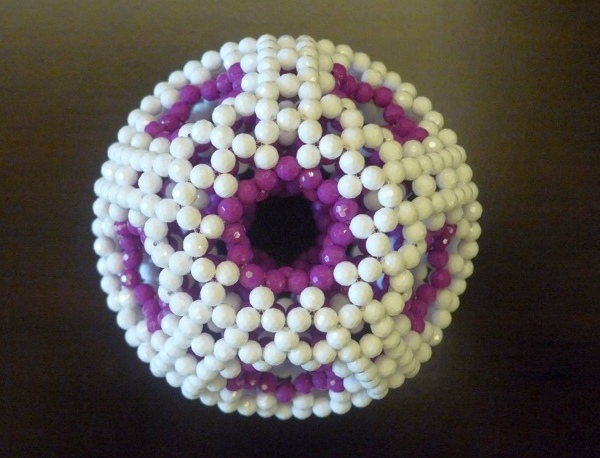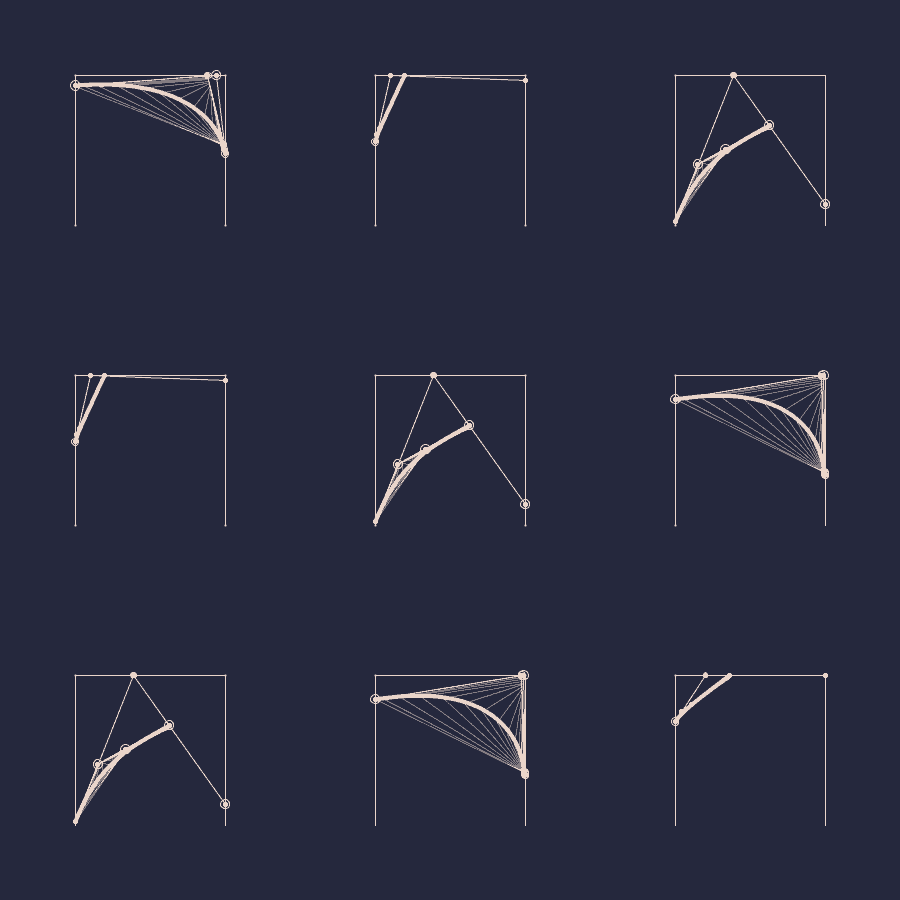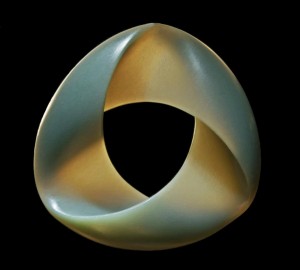
Journal of the American Chemical Society 2018, 140 Conductance Switching in Expanded Porphyrins through Aromaticity and Topology Changes.

Afkhami, Alfonso Castiñeiras, Isabel García-Santos, Atash Gurbanov, Fedor I. The Journal of Physical Chemistry Letters 2018, 9 Charge-Transfer Character Drives Möbius Antiaromaticity in the Excited Triplet State of Twisted Hexaphyrin.

Journal of the American Chemical Society 2019, 141 Orchestrating Communications in a Three-Type Chirality Totem: Remote Control of the Chiroptical Response of a Möbius Aromatic System.

Jinseok Kim, Juwon Oh, Seongchul Park, Tomoki Yoneda, Atsuhiro Osuka, Manho Lim, Dongho Kim.

Creation from Confusion and Fusion in the Porphyrin World─The Last Three Decades of N-Confused Porphyrinoid Chemistry. This article is cited by 220 publications. Actually, the harmonic-oscillator model for aromaticity (HOMA) values of these structures are significantly large (0.85, 0.69, and 0.71, respectively), confirming the first demonstration of stable Möbius aromatic systems consisting of free-base expanded porphyrins without the assistance of metal coordination. Detailed analyses of the solid-state Möbius structures of compounds 2b, 2c, and 2f showed that singly twisted structures are achieved without serious strain and that cyclic π-conjugation is well-preserved, as needed for exhibiting strong diatropic ring currents. Importantly, when the temperature is decreased to −100 ☌ in THF, these rapid interconversions among Möbius conformations are frozen, allowing the detection of a single hexaphyrin(1.1.1.1.1.1) species having a Möbius conformation. In the solid state, hexaphyrins(1.1.1.1.1.1) take either planar or Möbius-twisted conformations, depending upon the meso-aryl substituents and crystallization conditions, indicating a small energy difference between the two conformers. All of these data consistently indicate that hexaphyrins(1.1.1.1.1.1) in solution at 25 ☌ exist largely as an equilibrium among several rapidly interconverting twisted Möbius conformations with distinct aromaticities, with a small contribution from a planar rectangular conformation with antiaromatic character at slightly higher energy. Meso-Aryl-substituted hexaphyrins(1.1.1.1.1.1) have been examined by 1H, 13C, and 19F NMR spectroscopies, UV−vis absorption spectroscopy, magnetic circular dichroism spectroscopy, and single-crystal X-ray diffraction analysis.


 0 kommentar(er)
0 kommentar(er)
